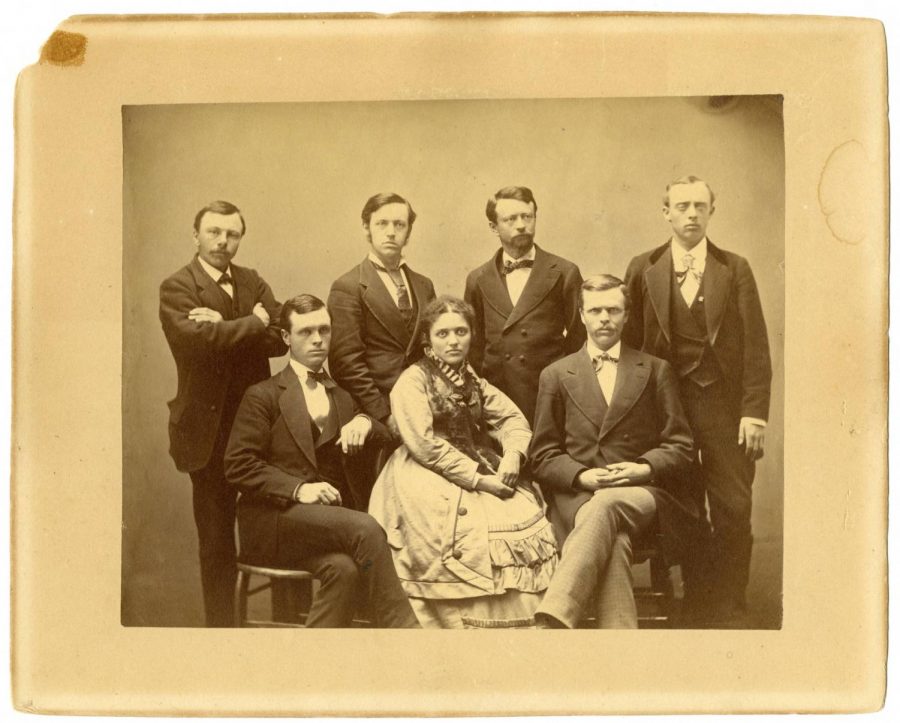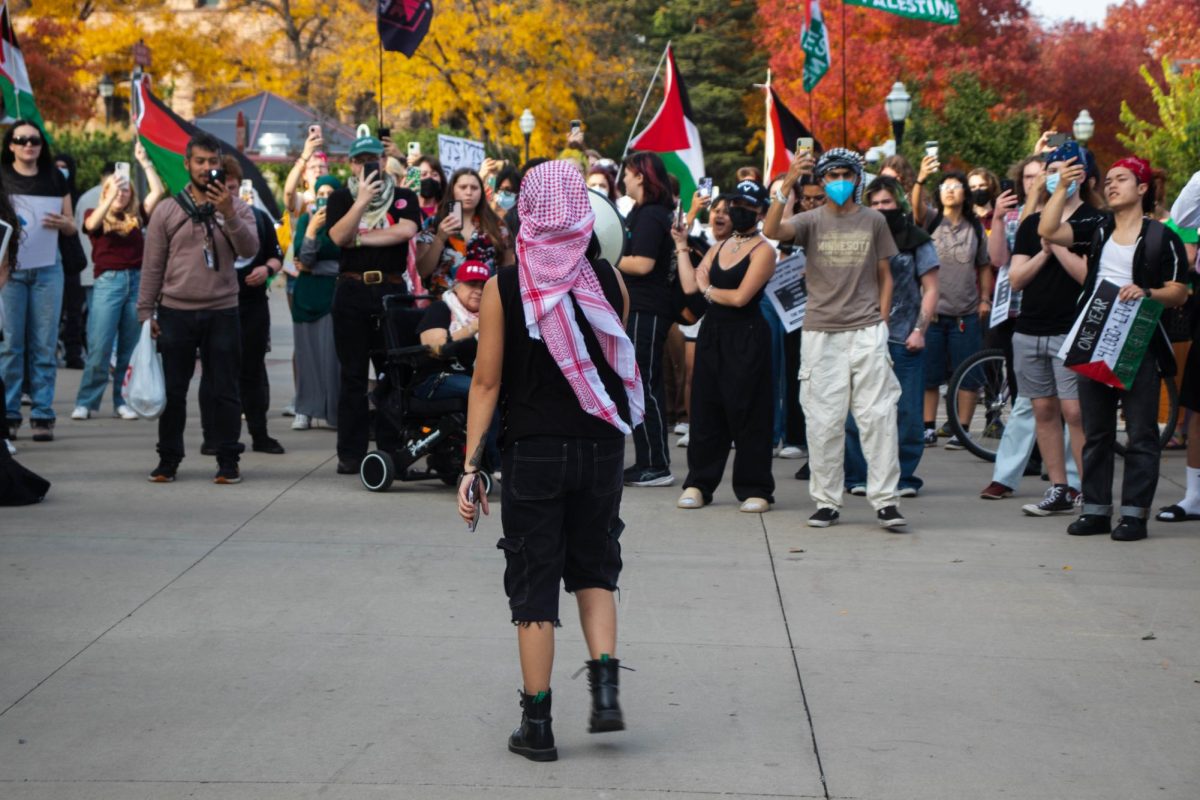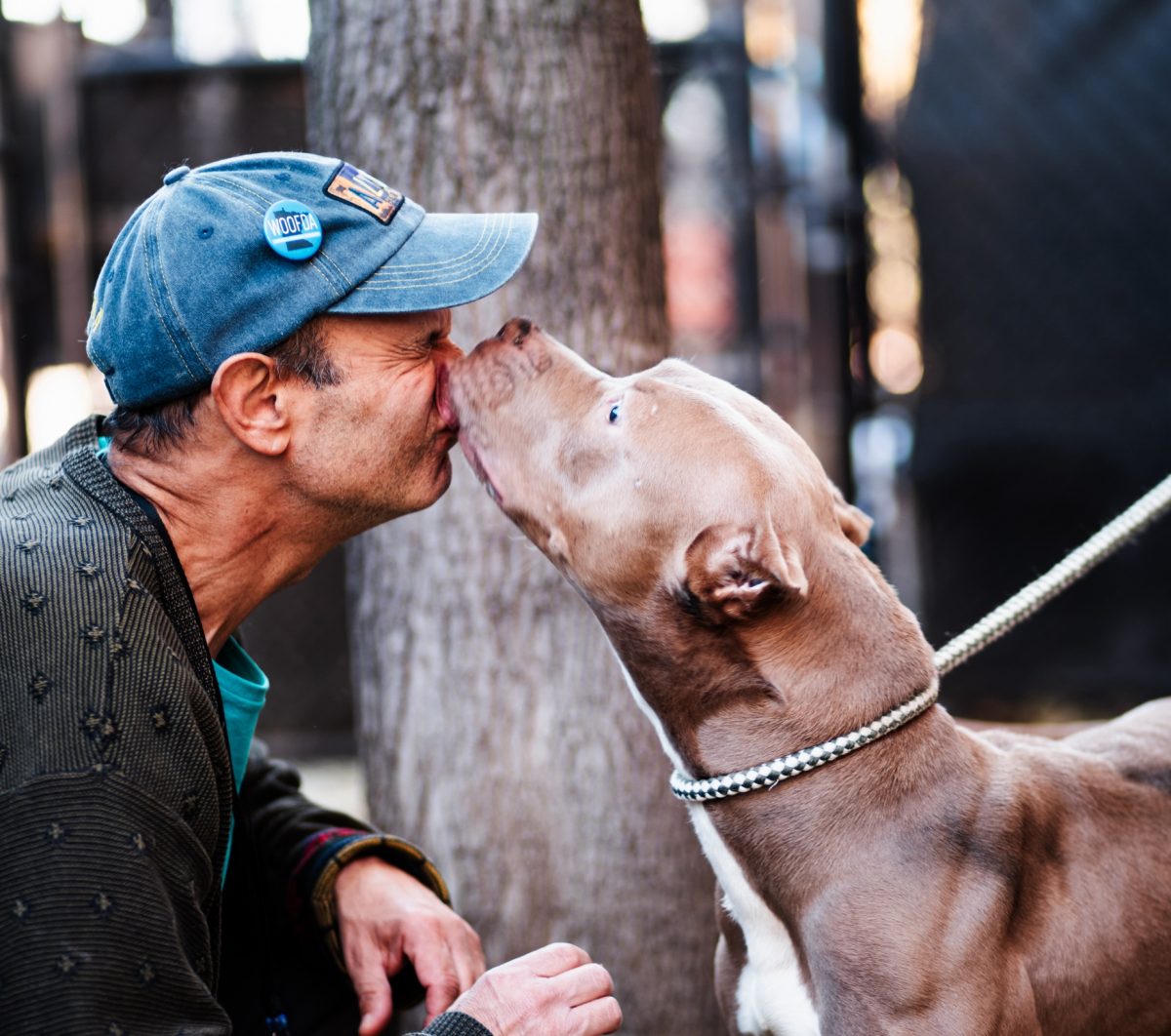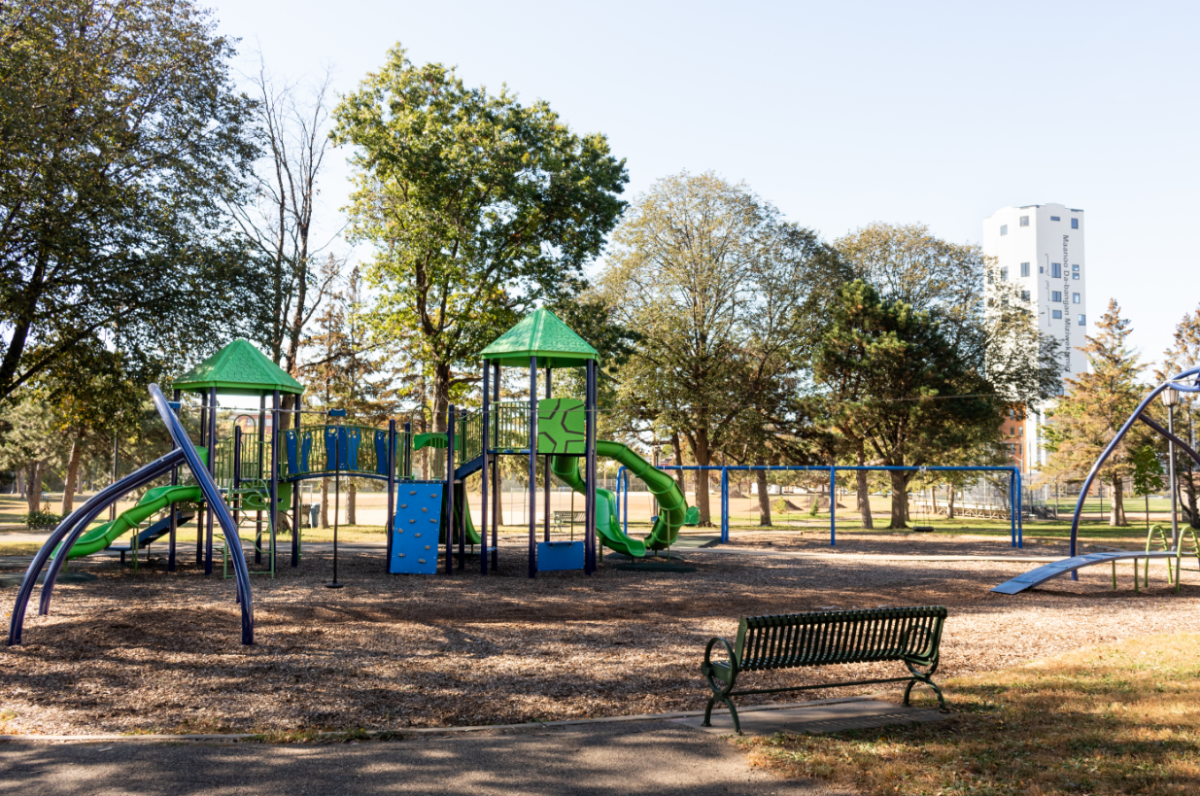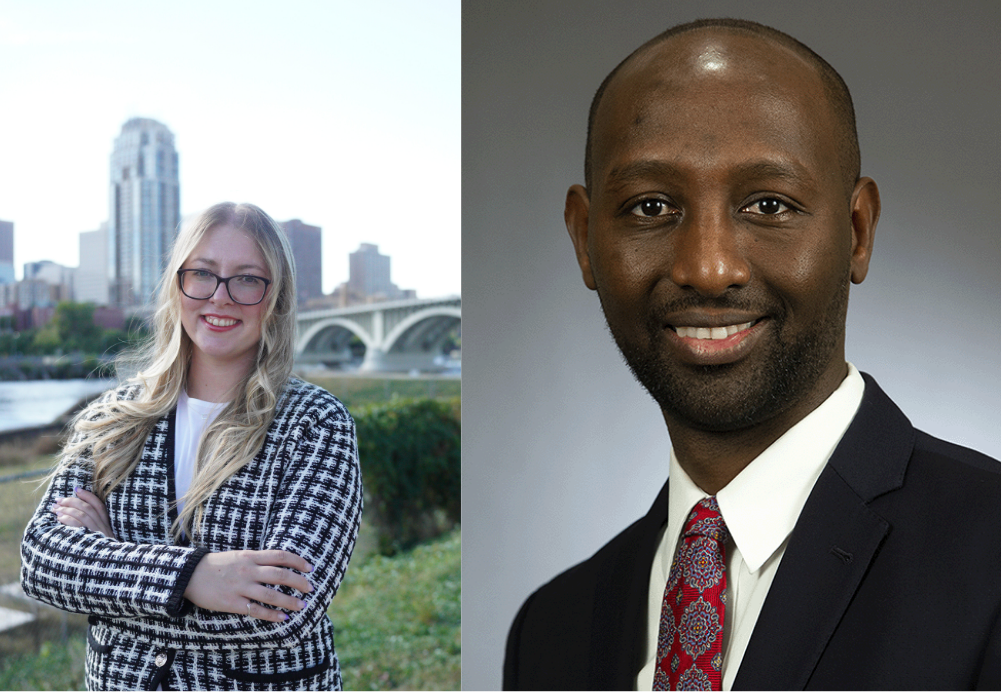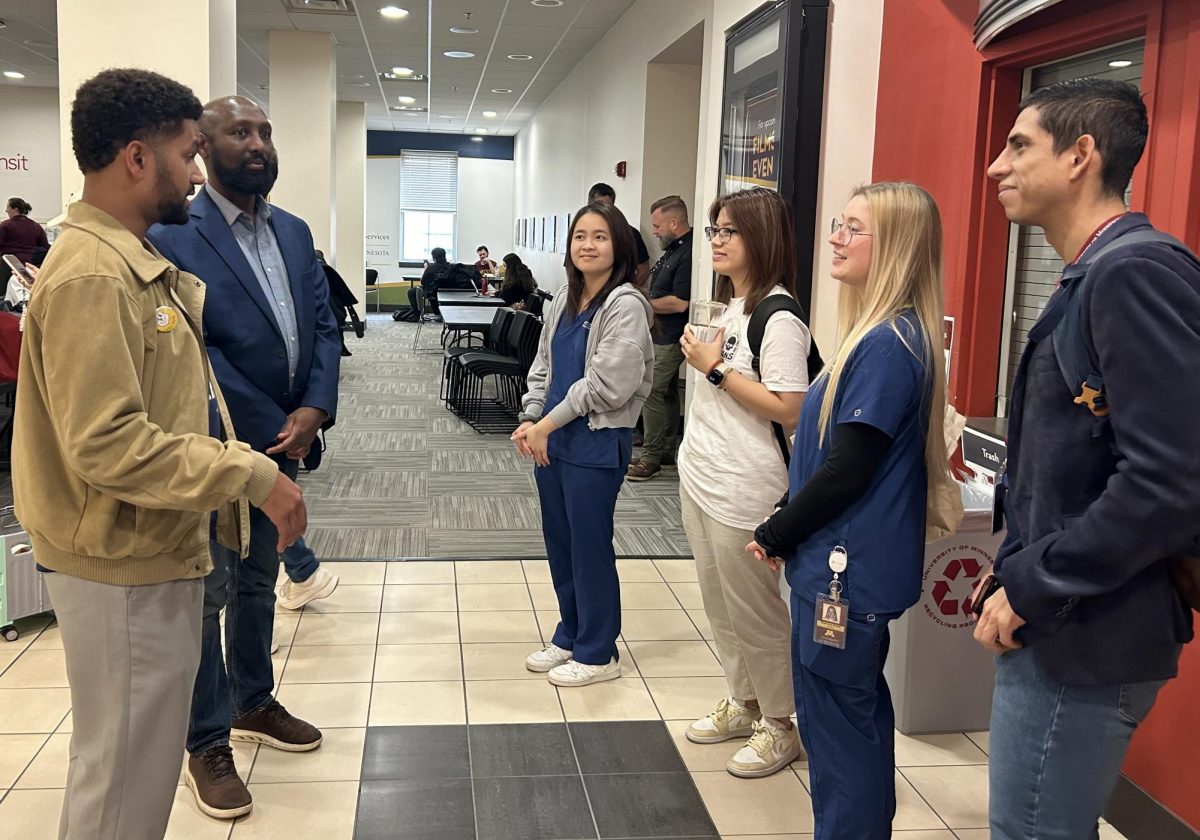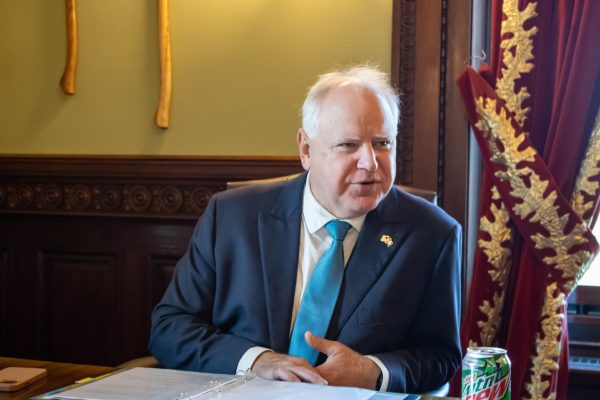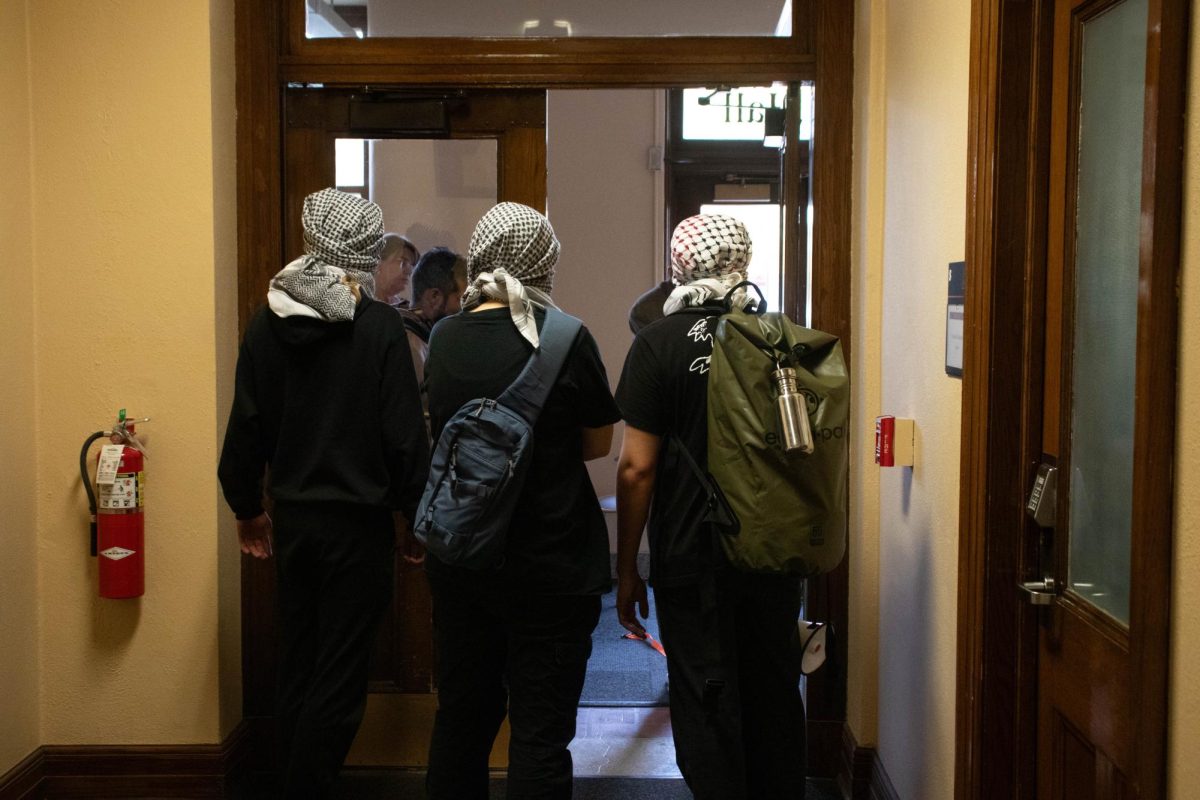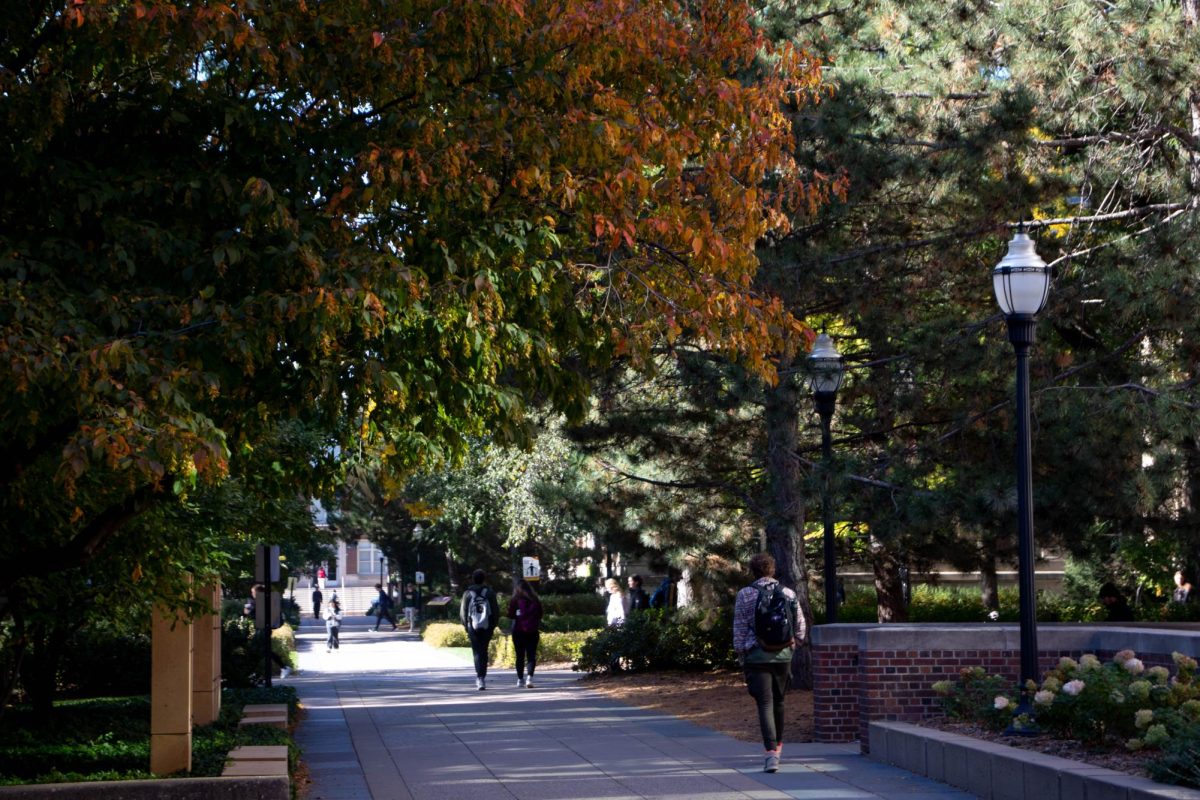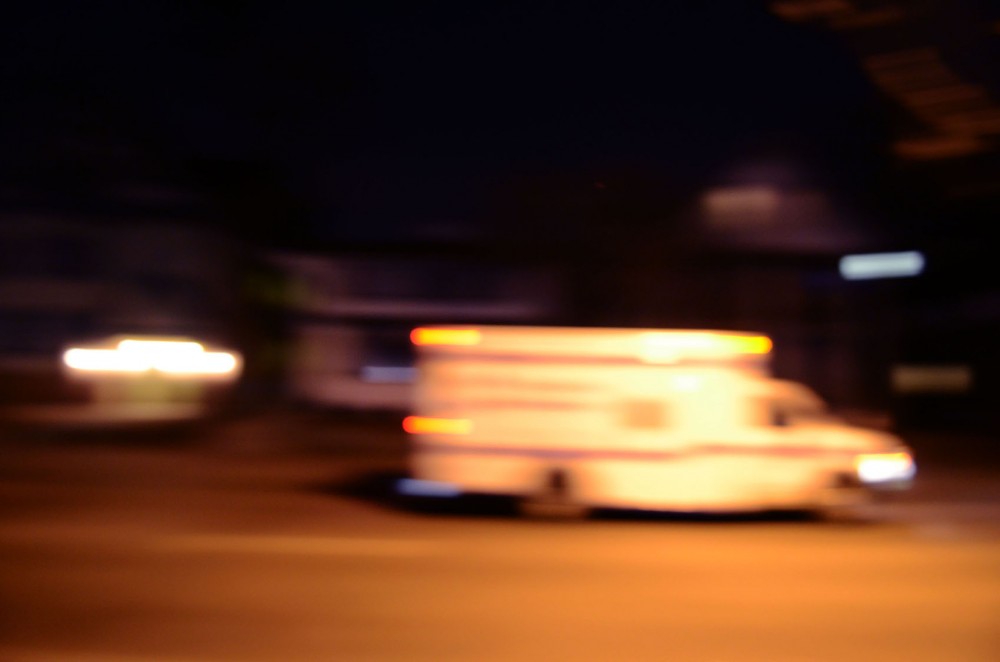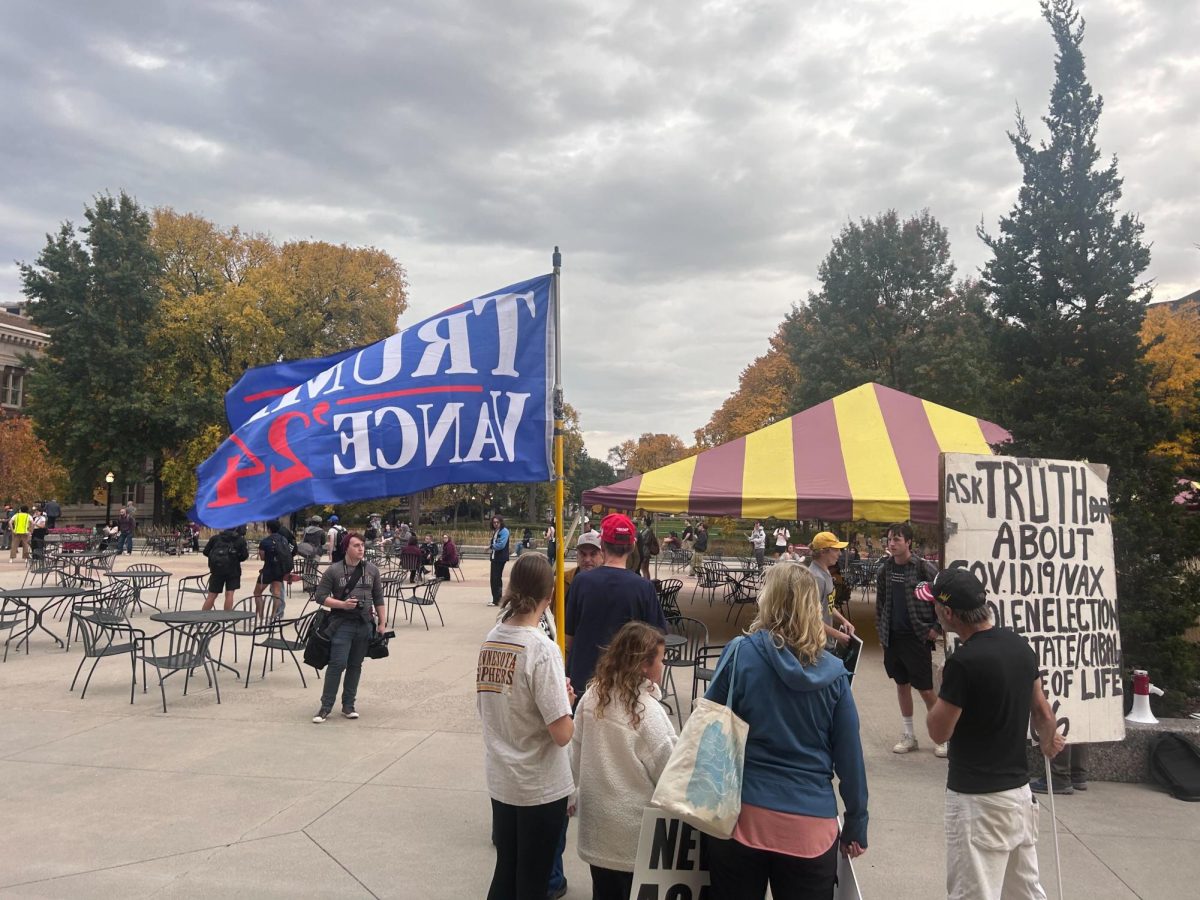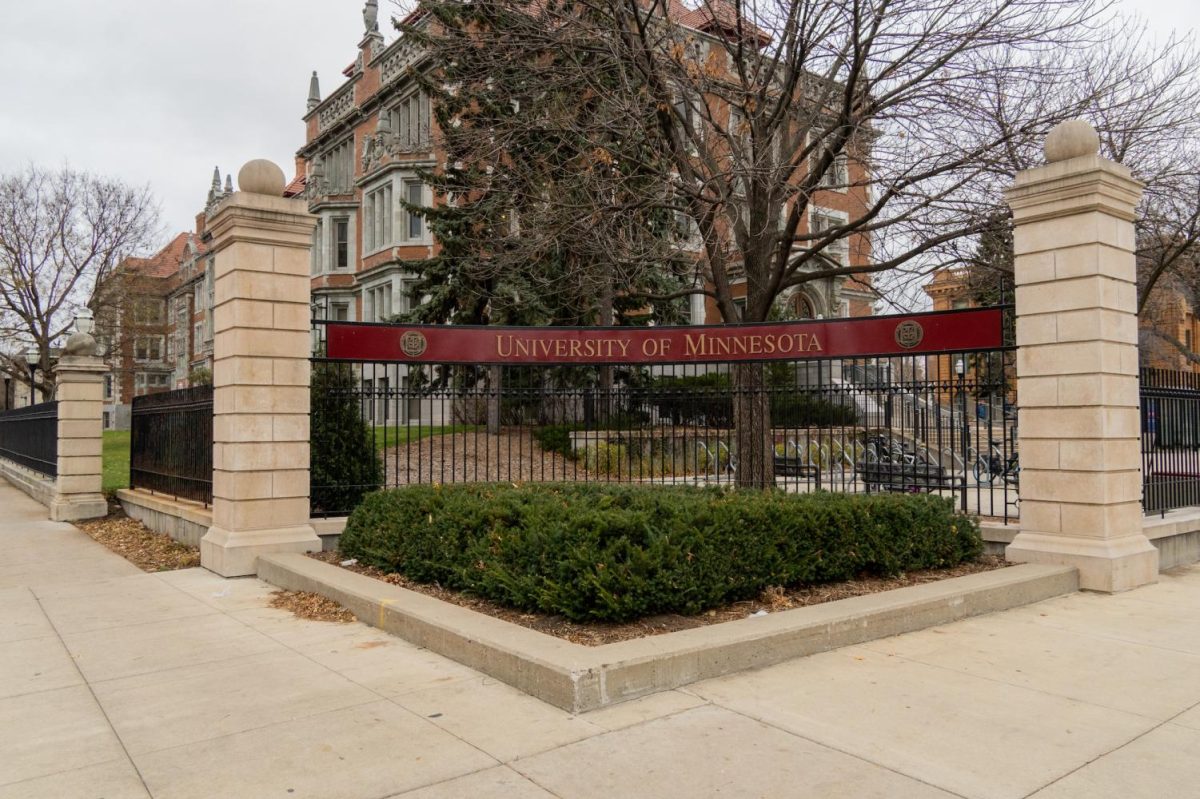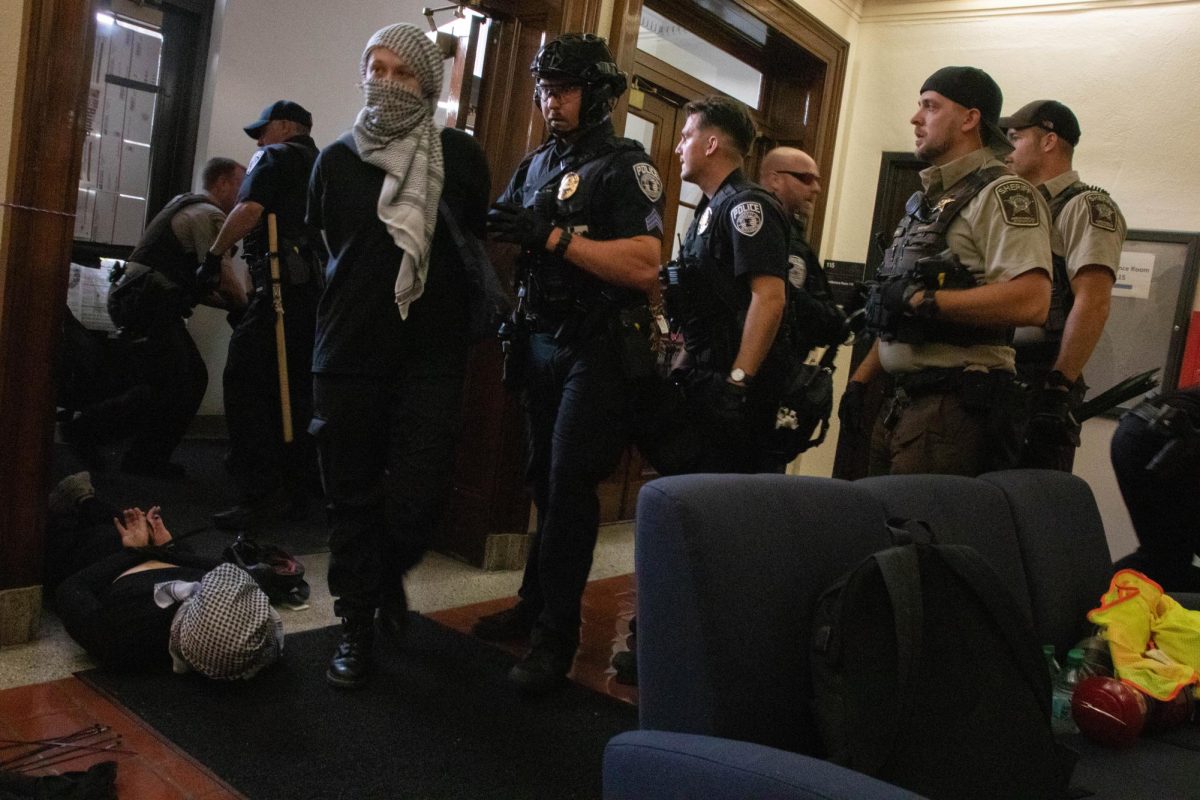Helen Marr Ely was the first female graduate of the University of Minnesota in 1875. She would not have the right to vote for another 45 years, but women did not wait for that right to be given to them — they took it.
This year marks 100 years since the ratification of the 19th Amendment — the key legislation that largely cleared the path for white women voters in the United States.
University suffragettes
The crusade for women’s voting rights may have begun with the University Equality Club, one of the first suffrage-oriented groups on campus, which was introduced in a 1907 Minnesota Daily article.
“All would-be politicians among the co-eds are urged to come; who knows, perhaps [Teddy] Roosevelt’s successor may be numbered among the members,” the article read.
Roosevelt’s successor was not in that room, but several of the women who were present would take the group’s message forward to fight for women’s right to vote throughout the following decades.
The Equality Club appeared through various iterations and names following its 1907 introduction, and many students in the club were involved in similar efforts as part of other campus groups, making it difficult to trace its progression.
A Social Problems Club appears briefly in records from 1911 and later reorganized into a College Woman’s Suffrage Club, or Equal Suffrage Club, in 1912. The group fades “in and out” of records, said University Collections archivist Rebecca Toov, but appears to have grown in popularity in 1914 as regular Minnesota Daily articles detailed the group’s activities at the time.
Toov said women’s records can be especially difficult to find due to the lack of consistent record-keeping and sexist practices, like documenting women by their husbands’ names.
“You really have to dig deep,” Toov said. “To find women’s records, you have to really hone in your search.”
Yet, some prominent women from the University found their way into the history books.
Dr. Ethel Hurd was a physician and trailblazer for women’s rights from the late 1800s to early 1900s who led multiple suffrage clubs and authored a historical handbook of suffrage in Minnesota.
Gratia Countryman, who was the first female head of the Minneapolis Public Library in the early 1900s and advocated for equity, especially concerning immigrant groups.
Elsa Ueland — daughter of Minnesota Women Suffrage head Clara Ueland — led some of the early iterations of multiple women’s suffrage clubs in 1909.
In 1919, Equal Suffrage Club president Rhoda Kellogg was among many Minnesota women who participated in watchfire demonstrations, in which women burned copies of President Woodrow Wilson’s speeches in front of the White House to push for equal rights.
Mabeth Hurd Paige was a state representative from 1923-1945 who was a key figure in the development of the Minnesota League of Women Voters.
A movement continues beyond the 19th
Women’s empowerment efforts around campus did not die out after the 19th Amendment was ratified.
In 1928, the University Board of Regents — which had elected its first female regent, Alice Warrent, six years earlier — accepted $10,000 to establish a fellowship in memory of Clara Ueland in the Department of Political Science, which was to be granted to a female graduate student studying “problems of government and citizenship.”
The University’s chapter of the League of Women Voters had entries in the student directory through at least 1945, and was reinvigorated in 1977 during the second wave of feminism in the 1970s. The new incarnation helped the Minneapolis chapter raise funds to support the Equal Rights Amendment.
President Ronald Reagan’s 1980 election marked the beginning of a wide “gender gap” in partisan identification, said University voting expert Kathryn Pearson. Pearson said since Reagan was elected, women have been more supportive than men of the Democratic Party.
“That’s not to say that in every election a majority of women necessarily support the Democratic candidate,” Pearson said. “If a Democratic Party candidate loses, that doesn’t mean that the majority of men voted for him or her. But, it does mean that more women did than men did.”
Women of today
Between excitement to vote for female candidates — or anyone besides President Donald Trump — it is clear that young University women are ready to have their voices heard at the ballots for the first time.
Second-year speech-language-hearing science major Kayla Greifenkamp, 19, was excited to vote for the first time for Sen. Elizabeth Warren in the primary. The fallout of the 2016 election has largely shaped her decision to vote for the Joe Biden and Kamala Harris ticket now.
“I feel like [the 2016 election] shaped me as a voter because now I’m really conscientious of the fact that women who are up for office have to work two times as hard as men to get to the same space, and then they’re still not going to be treated with the same respect,” Greifenkamp said.
Second-year Mandy Billups is excited to cast her ballot for Biden and Harris along with other women in local races this year. She said that after the last four years of watching the Trump administration, she is excited to see women take charge in many areas of public service, including community work, nonprofits and politics.
“I’ve seen a lot of women doing a lot of … moving stuff that I really respect,” Billups said. “I’m just really excited about that. It feels a little hopeless sometimes, but seeing women in charge, doing things to start change has been really, really exciting for me.”
Several of these women said issues important to them include the environment, civil rights and equity, the handling of the COVID-19 pandemic and, of course, women’s rights. To them, such rights include abortion rights, body autonomy, equal pay and equal pricing on products geared toward women.
White women at the University are also reckoning with the large role their demographic played in electing Trump. They are frustrated by the support Trump has seen from the women in their lives and feel an obligation to counteract that.
Recent University graduate Grace Becker finds this especially troubling because of the repeated sexist statements Trump has made against women. She said it is hard to think of her family members voting to reelect him again.
“It’s tough to know that somebody that you love so much might be voting in a way that could disappoint you,” Becker said. “… And that [the Access Hollywood tapes have] not influenced them enough to change their mind. That’s a little disappointing.”
This centennial offers a unique insight for some women. Many white women said they are currently grappling with their privilege this election, especially in light of the racial reckonings that have widely moved into mainstream white consciousness. Meanwhile, some women feel largely underwhelmed by the progress — or lack thereof — that has been made in the last 100 years.
“It is a little disappointing to be in 2020 — be so far out from the suffrage and civil rights movements — and to be looking at a stage of two 70-plus-year-old white men,” Becker said.
Editor’s note: This story is part one of a multi-part series on University of Minnesota women and the fight for equal rights. The next story will feature the history of trailblazing Black women leaders at the University who paved the way for future Black students and will discuss how Black women today view the election.


